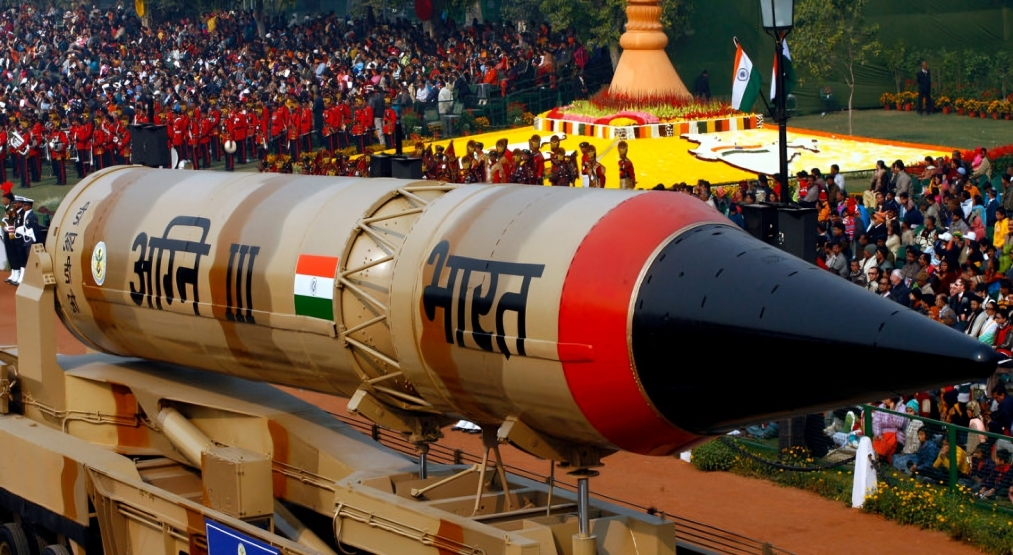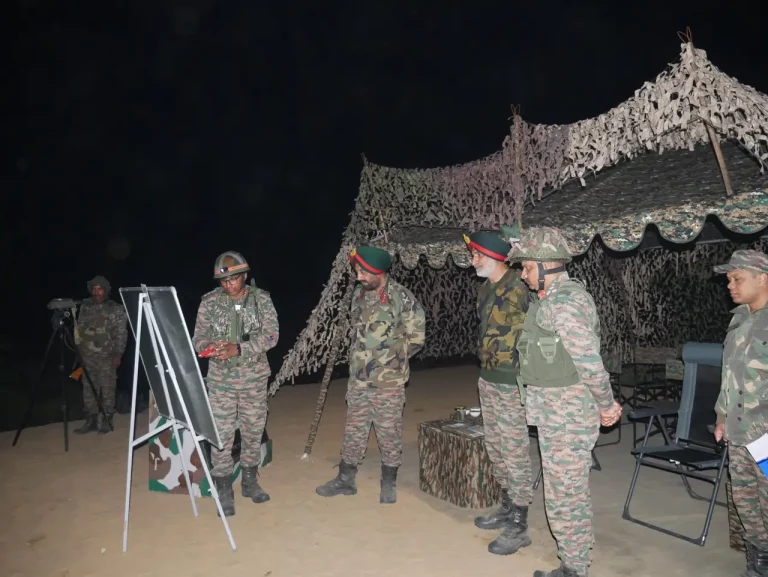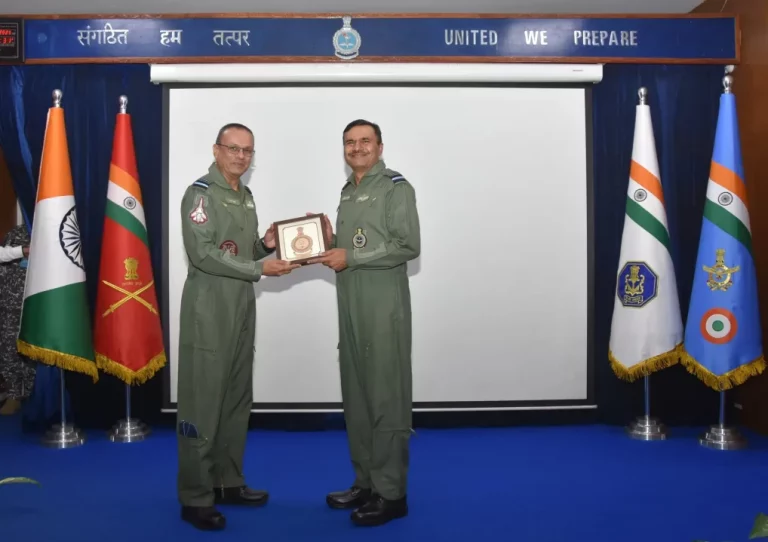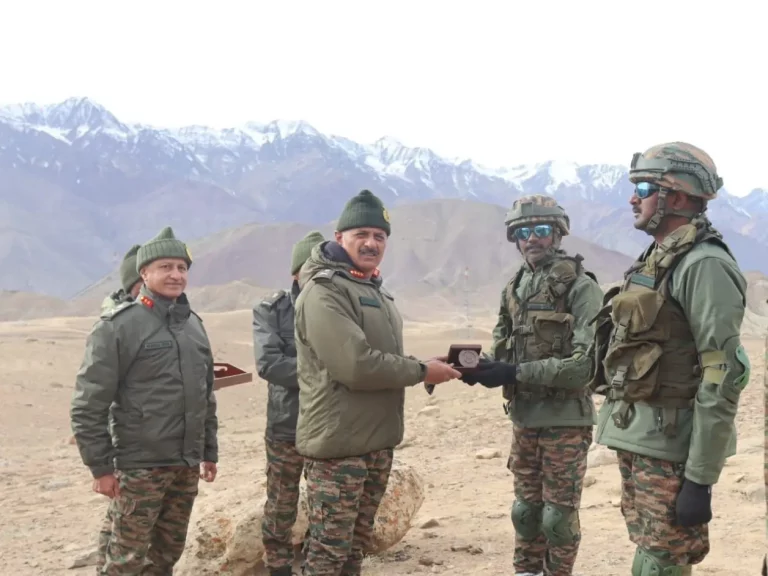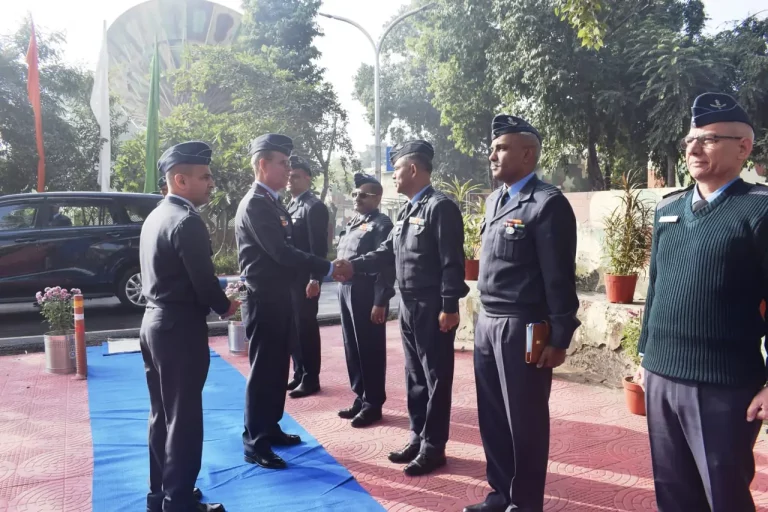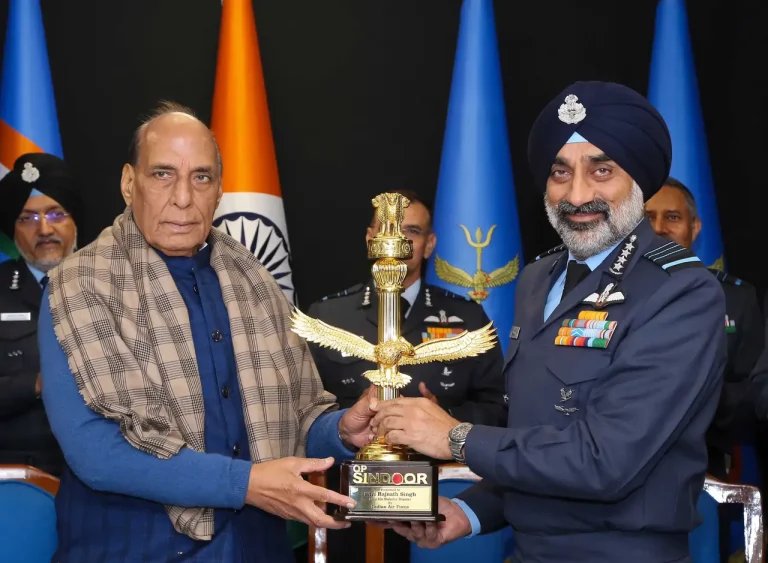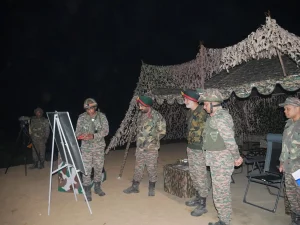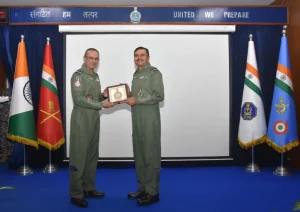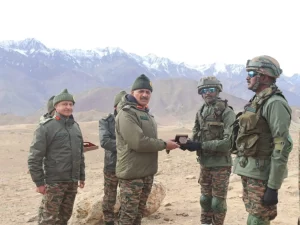India has made significant strides in its nuclear capabilities, increasing its warhead count and advancing its delivery systems, as detailed in the latest annual report by the Stockholm International Peace Research Institute (SIPRI). The report indicates that India’s nuclear arsenal has grown from an estimated 172 warheads in 2024 to 180 in 2025, further solidifying its strategic position in the ongoing nuclear balance with Pakistan.
One of the critical areas of advancement highlighted by SIPRI is India’s development of “canisterised” nuclear missiles. These delivery systems enable warheads to be pre-mounted, facilitating rapid deployment even in peacetime conditions. This modernization is expected to incorporate Multiple Independently Targetable Re-entry Vehicle (MIRV) technology, significantly enhancing India’s strike capability by allowing a single missile to deliver multiple warheads to different targets.
Notable developments in India’s missile program include the Agni Prime (Agni-P) and Agni-5 missiles. The Agni-P has a range of 1,000–2,000 kilometers, whereas the Agni-5 recently underwent successful testing in an operation labeled “Mission Divyastra.” The Agni-5’s MIRV technology enables it to target multiple locations from a single launch, boasting a range of over 5,000 kilometers.
Prime Minister Narendra Modi celebrated the Agni-5 MIRV test as a pivotal achievement for national defense, praising the efforts of the Defence Research and Development Organisation (DRDO) team that contributed to the missile’s development.
While India is advancing its missile capabilities, Pakistan has been similarly developing new delivery systems and accumulating fissile materials. Nevertheless, SIPRI notes that Pakistan’s nuclear growth is lagging compared to India’s rapid advancements.
The report also underscores the tensions between India and Pakistan, referencing a recent military skirmish in early 2025. This incident has raised concerns about the possibility of nuclear escalation amidst conventional conflicts. SIPRI associate researcher Matt Korda warned that military actions near nuclear installations and the spread of misinformation could blur the lines between conventional and nuclear warfare, increasing the risk of miscalculation.
The regional dynamics are further complicated by China’s ongoing nuclear expansion. SIPRI estimates that China is adding approximately 100 new nuclear warheads each year and constructing around 350 new intercontinental ballistic missile (ICBM) silos. Projections suggest that by 2035, China’s nuclear stockpile could reach up to 1,500 warheads—still considerably smaller than the arsenals held by the United States or Russia, but significant nonetheless.
On a global scale, SIPRI reported that as of January 2025, there are approximately 12,241 nuclear warheads globally, with around 9,614 in active military stockpiles and 3,912 currently deployed. Notably, about 2,100 warheads are maintained on high alert, primarily by the US and Russia, with indications that China may also be adopting similar practices.
SIPRI Director Dan Smith expressed concern over the erosion of post-Cold War disarmament efforts, highlighting China’s steady increase in its nuclear arsenal. He emphasized that the diminishing effectiveness of global arms control frameworks poses risks for a potential resurgence of a nuclear arms race.
All nine nuclear-armed nations, which include the US, Russia, UK, France, China, India, Pakistan, North Korea, and Israel, continue to invest in the modernization of their nuclear capabilities as of 2024. SIPRI pointed out that these countries are not only expanding their warhead inventories but are also focusing on enhancing the sophistication and survivability of their nuclear delivery systems.
